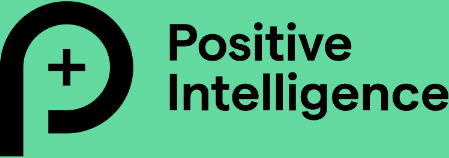Work and life decisions in general, are often difficult. I once read the quote, “Be Decisive. Right or wrong, make a decision. The road of life is paved with flat squirrels who couldn’t make a decision.” Like that pondering drifting squirrel, mid-course corrections are necessary to lead successful lives and careers. I learned of three critical strategies for decision making and adjusting from Dr. Ron Jenson a few years ago. Let me try to unpack these ideas for you to help you avoid needless drifting in making decisions; framing, focusing and flexing.
Framing
Developing your overall perspective and sense of parameters about any issue related to the decision. Before anything, clarify what the decision really is in the first place. Doing this can save many a chase down the proverbial rabbit hole. Then check out four important guiding parameters: Purpose – How does this decision to realign relate to your overarching mission and purpose both personally and professionally? Priorities – Which of your personal and professional priorities should you attend to first and how should these be accomplished? Principles – Stay aligned with your underlying guiding principles and values. This is the time to rely on what you know and what has worked for you in the past. Peculiarities – Be aware of personal tendencies that might be more harmful than helpful. Understand your true competencies, weaknesses and blind spots so you are able to make a solid decision. Never hesitate to seek wise and trusted counsel, if there is time.
Focusing
Laser-like concentration can be critical in decision making. At the same time, the ability to bring an unexpected creative solution to the decision process at hand can make all the difference. Don’t become close-minded, but still keep your focus on the main thing. Concentration – The ability to keep your eye on your goals, along with the immediate task that requires your attention. Constant Learning – Knowledge, experience and mental agility in dealing with the various contingencies and options related must play a key role in how the decision situation should be handled.
Flexing
Stay nimble and pliable. This is not contradictory to staying with what you know and with what already has worked in the past. It is simply an acknowledgment that life is not always predictable and new obstacles and derailments might call for new innovative, perhaps untested solutions. Be ready to flex some new muscles when tackling new issues. Master the ability in any decision-making situation to constantly adapt to change and to adjust to mistakes in an appropriate manner. Be creative and learn to see things in new ways.
In business and life, we must be willing to take some calculated risk. Now and then we have to move forward and make decisions without having all the information needed to be comfortable. The inventor Charles Kettering once said: “Virtually nothing comes out right the first time. Failures, repeated failures, are finger-posts [guideposts] on the road to achievement.”
Valuable Insight
To maximize your decision-making capability, you must learn to realign rigorously in the face of inevitable obstacles, setbacks, and challenges to avoid drifting along the road. If you are fully engaged in life, you are going to be thrown off-track frequently. And if you are not skilled at making solid decisions then you are going to spend tremendous amounts of reserve energy putting out fires, dealing with people’s issues, putting projects back on track, and wondering if it all was worth it in the first place. Be sure to take the time to reflect upon these thoughts so you can quickly decide and react when challenges arise. That way you can remain cruising at high-speed on the highway, not drifting towards peril like the unlucky squirrel.




